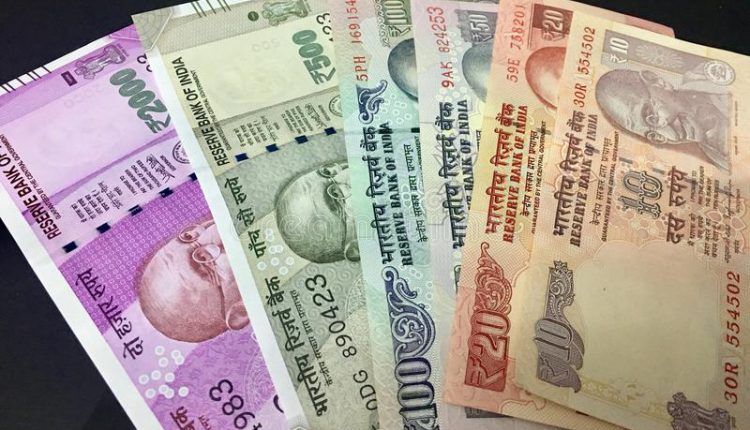The Indian rupee is under scrutiny as the central bank steps in to defend the currency following the unexpected outcome of the country’s general election, Reuters reported on Wednesday.
Non-Deliverable Forwards (NDFs) indicate stability: NDFs suggest that the rupee will open largely unchanged from its previous session level of 83.53. Notably, the rupee remains close to its all-time low of 83.5750, which was reached in April.
Sharp decline after election results: On Tuesday, the rupee experienced its largest single-day percentage decline in a year. The narrower-than-expected victory of the Prime Minister Narendra Modi-led alliance prompted foreign investors to sell Indian equities.
Record foreign institutional selling: Foreign institutional investors sold a staggering $1.5 billion worth of Indian shares on Tuesday, according to provisional data from the National Stock Exchange.
Reserve Bank of India’s intervention: The rupee’s losses would have been even greater if not for the Reserve Bank of India (RBI). The RBI likely sold dollars near the 83.50 mark and is expected to continue doing so in the coming days.
HSBC Bank notes that while the rupee’s volatility may be smoothed for now, medium-term questions have arisen.
The election result could have implications beyond immediate portfolio outflows and carry trade unwinds. Structural reforms and the RBI’s determination to build up large foreign exchange reserve buffers will play a crucial role.


